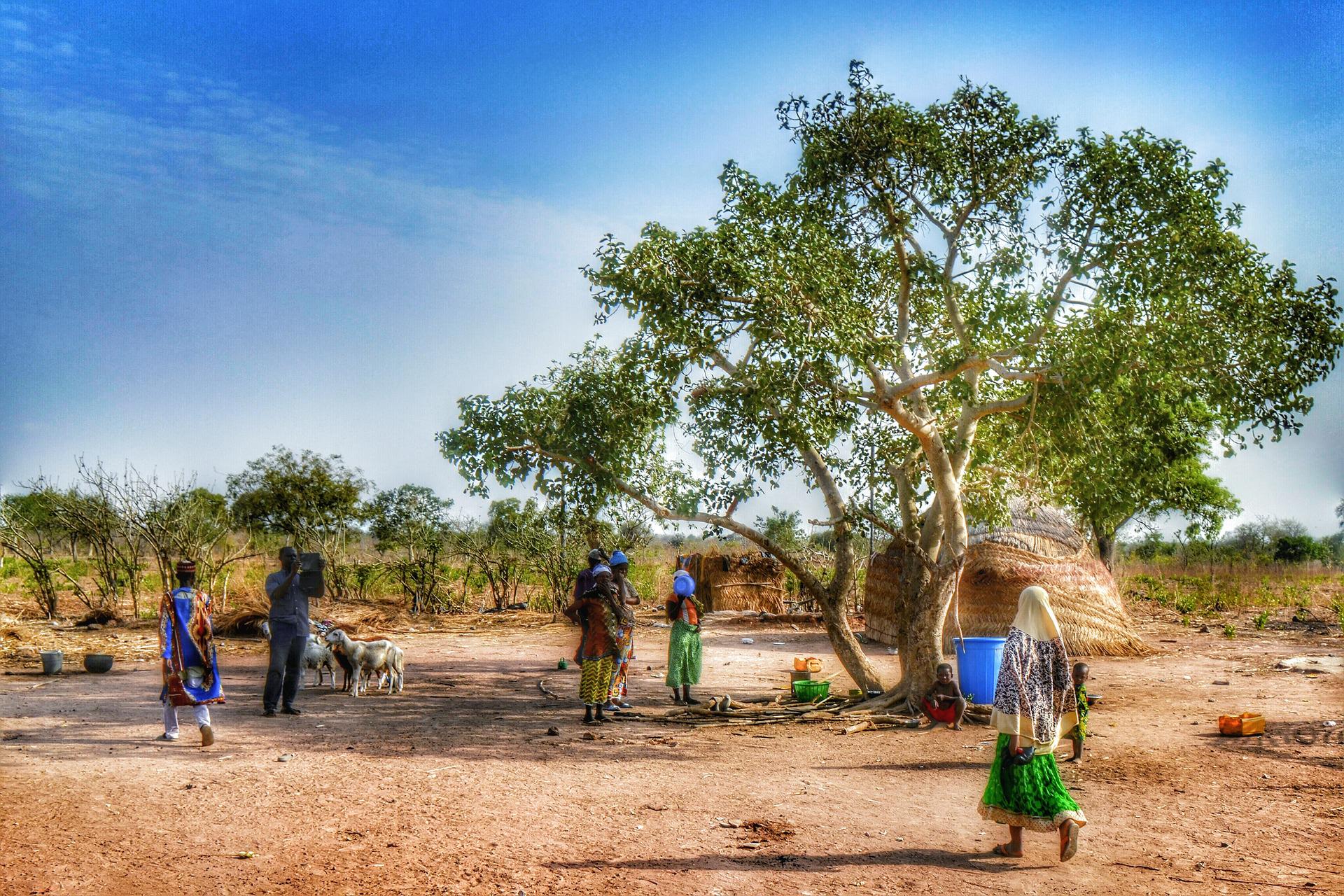The International Energy Agency’s 10-point plan to reduce the European Union’s reliance on Russian natural gas makes no mention of Africa. Rather, it sees increased production from Azerbaijan and Norway as likely to provide some additional gas in the short term.
However, African leaders are already moving to address European and global needs. They’ll be gathering in Cape Town in October for Africa Oil Week, the continent’s leading energy conference.
Africa is the new energy frontier, offering a wide mix of energy solutions that could provide long-term relief. This reality is likely to spark increased investment and exploration in the coming years.
North vs sub-Saharan Africa
Algeria and Egypt are already significant gas exporters to Europe and can rely both on LNG (Liquified Natural Gas) cargoes and gas pipelines to do so.
Recently, Algeria announced spare capacity at the Transmed pipeline that could boost supplies to Europe. However, it must choose whether it is willing to jeopardise its relations with Russia.
Sub-Saharan Africa lacks the gas infrastructure to ramp up gas exports to Europe – at least in the short term. The region has onshore LNG export facilities in Nigeria, Angola, and Equatorial Guinea, and one Floating Liquified Natural Gas (FLNG) terminal in Cameroon.
Nigeria, Angola and Equatorial Guinea have all struggled to supply feedstock to their terminals and to operate at full capacity since 2020 OPEC quotas and years of underinvestment in upstream gas production.
Pipelines as an attractive solution
“While trans-Mediterranean pipelines have been successfully delivering gas to Europe from North Africa, it remains to be seen whether sub-Saharan African countries can replicate that success,” says Mickael Vogel, Director & Head of Research at pan-African investment-research firm Hawilti.
Nigeria has Africa’s largest gas reserves and has long wanted to supply gas by pipeline via Morocco and Algeria. “However, they cannot be commissioned in the short-to-medium term,” he says.
LNG terminals on the rise
Increased African gas supplies to Europe are only likely to come from already-scheduled facilities and deliveries from projects that broke ground in recent years.
Italian company Eni has recently started production of its Floating Liquified Natural Gas (FLNG) project off Mozambique. The 3,4 mtpa (million tonnes per annum) facility was successfully moored last winter and is only Africa’s second FLNG unit after Cameroon.
TotalEnergies is hoping to resume construction this year of their Mozambique LNG terminal, which is not expected to produce before 2026. However, most supply contracts secured from the terminal are with Asian traders and off-takers. Little capacity is expected to be reserved for the European market.
One mega-project likely to benefit from the current scenario is Tanzania LNG – a multi-billion-dollar venture that would monetise almost 50 Tcf (1,4 trillion m3, for comparison, the Groningen gas field, the largest in Europe, had 2,8 trillion m3 of recoverable gas) of gas discovered offshore.
It could become a strong gas supplier to Europe before 2030 if construction starts by mid-2023.
Africa Oil Week (AOW) takes place from 3-7 October 2022 in Cape Town, under the Patronage of the South African Department of Mineral Resources and Energy, with the theme ‘Sustainable Growth in a Low Carbon World’. AOW advocates for the sustainable development of Africa’s hydrocarbons. The next few years promise many opportunities for the African oil and gas industry. AOW is the global platform for stimulating deals and transactions across the African Upstream. The event brings together governments, national and international oil companies, independents, investors, the G&G community and service providers, offering unrivalled opportunities that drive investment and deal-making across the continent, thus shaping the future of Africa.
Don’t underestimate floating LNG
The reshaping of Europe’s energy security raises many questions, chief amongst them the long-term demand for gas in Europe. In the ever-changing global gas market, FLNG is the wild card – and one which sub-Saharan Africa would do well to put on the table.
By next year, the continent will have three floating LNG vessels in operation in Cameroon, Mozambique, and Senegal/Mauritania. A fourth could start operating in 2023 off the Republic of Congo, where Eni is fast-tracking a modular, flexible liquefaction project with technology from New Fortress Energy.
“Because floating LNG allows the development of smaller, or even stranded gas reserves, it can be implemented across a wide range of assets with a shorter time to market. This makes it attractive when gas supplies need to be secured in record time,” says Vogel.
“FLNG projects are indeed a lot more flexible in how and where they deliver their cargoes. A major reason is that they can rely on shorter supply contracts of less than 10 years,” he says.
Energy needed for growth
Whether Africa can become a preferred gas supplier to Europe is not the only question. As I pointed out in a recent article, “Africa needs to lift nearly half a billion” people out of poverty. In addition, nearly half of African states have seen no real economic growth in two decades.
This means Africa has little choice but to utilise both hydrocarbons and green energy to power its economies and drive social upliftment.
Whether it can bring such reserves to market will now depend on increased stakeholder engagement and the development of meaningful, flexible, and rapid solutions.
PAUL SINCLAIR, VP ENERGY FOR AFRICA OIL WEEK


